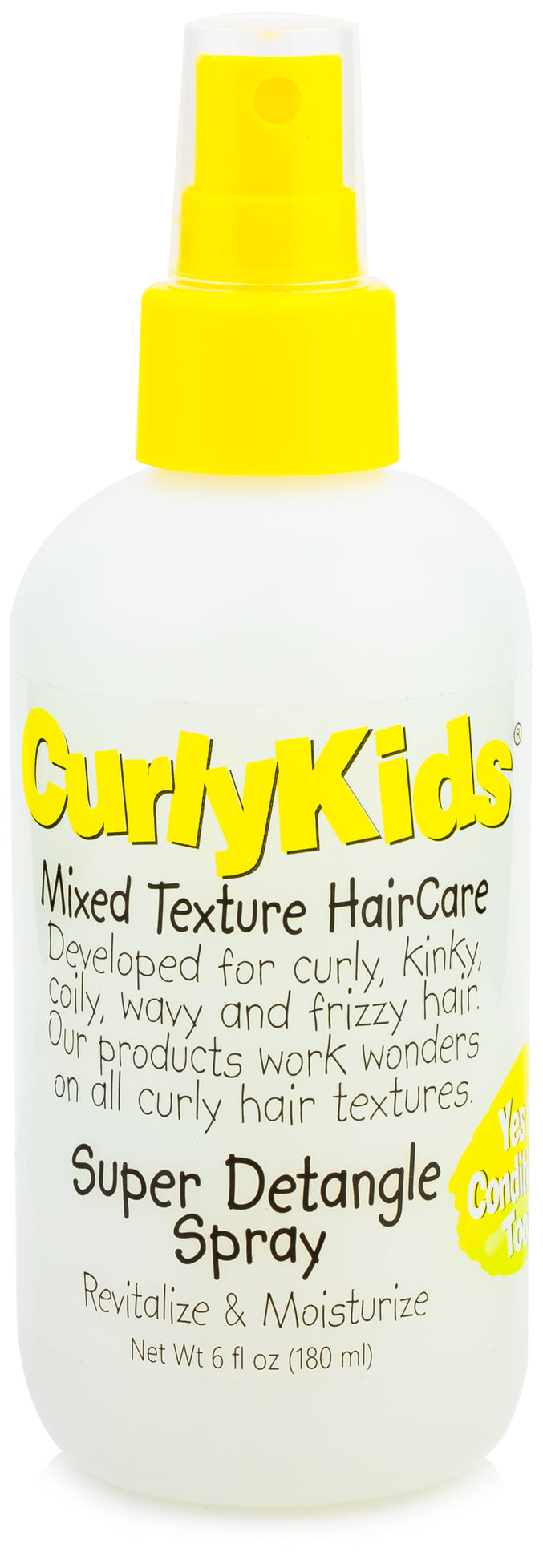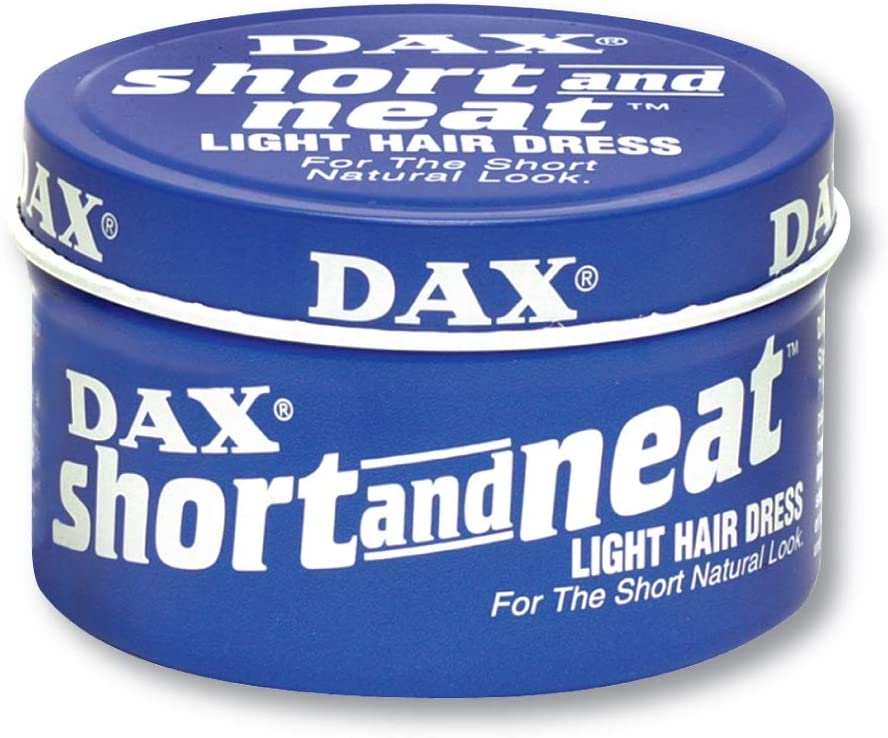What is a good hair care routine for natural hair?
Embracing Natural Beauty: A Comprehensive Hair Care Routine
Natural hair is a beautiful expression of individuality and cultural heritage. Whether your hair is curly, coily, or kinky, caring for it requires understanding and patience. Developing a good hair care routine is crucial not only for maintaining healthy hair but also for celebrating its unique texture and vitality.Understanding Your Hair Type
The first step in creating a successful hair care routine is knowing your hair type. Natural hair generally falls into four main categories:
1. Type 4 (Kinky): Tight coils with a high density.
2. Type 3 (Curly): Defined curls that range from loose to tight.
3. Type 2 (Wavy): S-shaped waves that can vary in thickness.
4. Type 1 (Straight): Hair that lacks curl pattern and tends to be oilier.
Identifying where your hair falls within these categories helps in selecting the right products and techniques.
Essential Steps for a Natural Hair Care Routine
- Cleansing: Use a sulfate-free shampoo or a co-wash (cleansing conditioner) to gently cleanse the scalp and hair without stripping away natural oils. How often you wash depends on your hair's needs—some wash weekly, while others do so biweekly.
- Conditioning: Always follow up with a moisturizing conditioner to keep your hair hydrated and manageable. For deeper conditioning, use a hair mask or hot oil treatment once a week to nourish and strengthen your strands.
- Detangling: Detangle your hair when it's wet and saturated with conditioner using a wide-tooth comb or your fingers. Start from the ends and work your way up to prevent breakage.
- Moisturising: Natural hair tends to be dry, so it's essential to keep it moisturised. Use a leave-in conditioner or a moisturizing cream daily to maintain hydration. Focus on the ends and mid-lengths where moisture is most needed.
- Styling: Choose styling products that are specifically formulated for your hair type—creams, gels, or oils that enhance curl definition and reduce frizz. Avoid products with drying alcohols or silicones that can build up over time.
- Protective Styling: Consider protective styles such as braids, twists, or updos to minimise manipulation and protect your hair from environmental damage. Just ensure these styles are not too tight, as this can lead to breakage.
- Night time Care: Use a satin or silk scarf, bonnet, or pillowcase to protect your hair while sleeping. This helps retain moisture and prevents friction that can cause tangling and breakage.
Additional Tips for Healthy Natural Hair
- Trim Regularly: Schedule regular trims (every 3-4 months) to remove split ends and maintain hair health.
- Healthy Diet: A balanced diet rich in vitamins, minerals, and protein contributes to strong, healthy hair growth.
- Hydration: Drink plenty of water to keep your body—and consequently your hair—hydrated.
Conclusion
A good hair care routine for natural hair is all about embracing your hair's unique qualities and nurturing it with the right products and techniques. By understanding your hair type and following these essential steps, you can maintain healthy, beautiful natural hair that reflects your individuality and style.
Remember, consistency is key. With time and patience, you'll discover what works best for your hair, allowing you to fully appreciate and enjoy your natural beauty.






